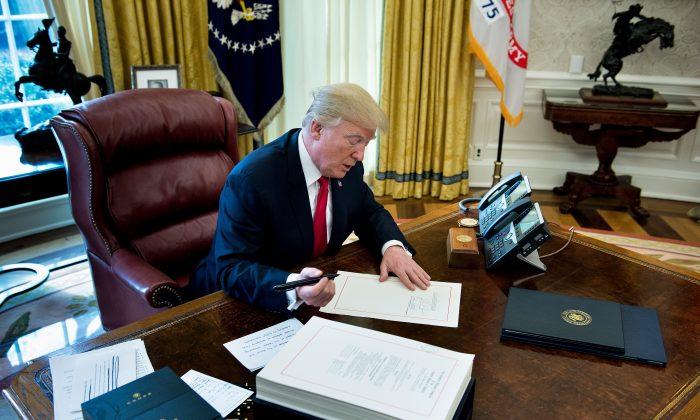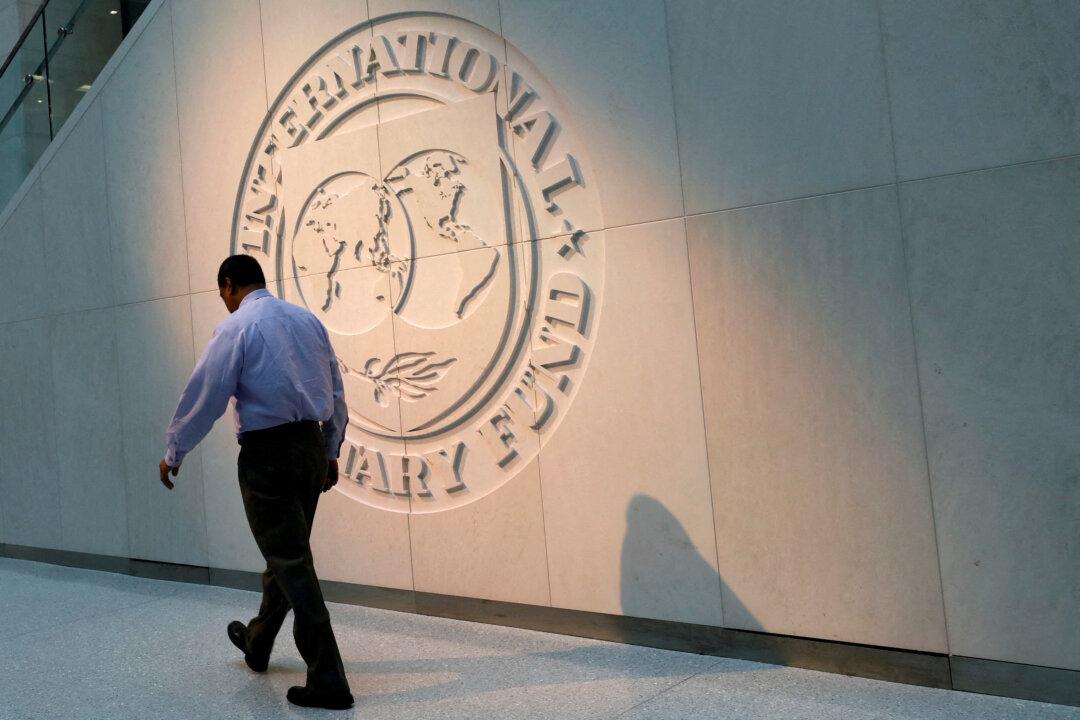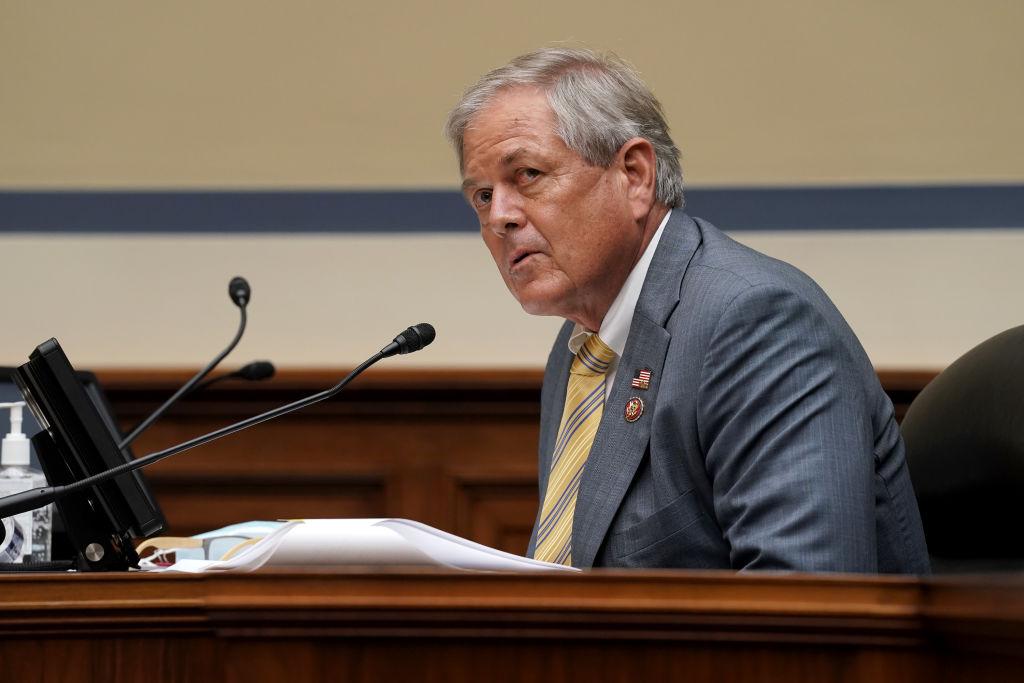The average effective tax rate, or the proportion of income paid after tax breaks, among profitable major firms dropped from 15.7 percent in 2014 to 8.9 percent in 2018, according to a new study (pdf) by the Government Accountability Office (GAO). Despite lower rates, tax contributions from large profitable companies increased from 2016 to 2018, due to more foreign-sourced income returning to the United States.
Former President Donald Trump reduced the statutory corporate tax rate from 35 percent to 21 percent during his time in office, but the actual rate paid by large businesses is often substantially lower than the legal rate. The study focused on the Tax Cuts and Jobs Act (TCJA), saying it “contributed to a lower effective tax rate in 2018, but also generated tax liability from income that was previously not taxable under U.S. law.”




